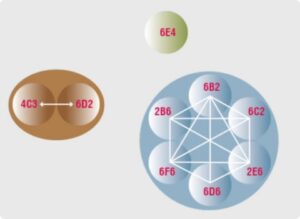
Anti-SARS-CoV-2 Spike S1 Antibody, 4B2
CV-4B2S1CV-4B2S1
$350.00 – $1,500.00
| Product Name | SARS CoV-2 Spike S1 Antibody, Rabbit Monoclonal, 4B2 |
| Catalog Number | CV-4B2S1CV-4B2S1 |
| Immunogen | Spike S1 subunit Protein (2019-nCoV Spike S1 Subunit, Catalog # 19CoV-S110) |
| Host | Rabbit |
| Preparation | Rabbits immunized with spike S1 protein were bled and sera were collected. Antibody is purified from pooled sera by antigen affinity chromatography |
| Applications | Western Blot, ELISA and other platforms |
| Reactivity | SARS CoV-2 Spike S1 protein |
| Isotype | rabbit IgG |
| Conjugation | Unconjugated |
| Clonality | Monoclonal |
| Concentration | 1mg/ml |
| Purification | Antigen affinity chromatography. |
| Storage buffer | PBS |
| Storage conditions | For long term storage, the antibody should be stored at -20℃ and is stable for 12 months from the date of receipt. Avoid repeated freeze-thaw cycles. For short term storage, keep at 4oC for a week should be fine. |
| Application Dilution | 1:1,000-1:100,000 (platform dependent, customers have to test the optimal concentration on their own platform) |
Additional information
| Size | 100µg, 1mg |
|---|
Target information
Lorem ipsum dolor sit amet, consectetur adipiscing elit, sed do eiousmod tempor indicidunt ut labore et dolore magna aliqua. Ut enim ad minim veniam, quis nostrud exercitation ullamco laboris nisi ut aliquip ex ea commodo consequat.

Reviews
There are no reviews yet.